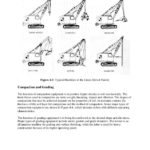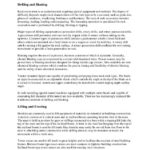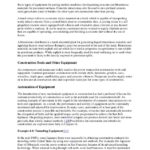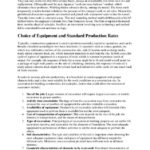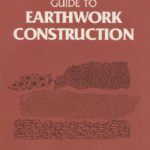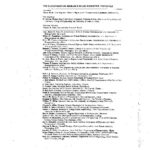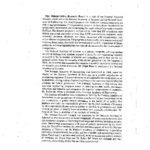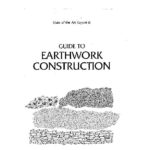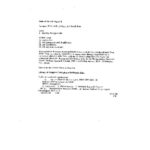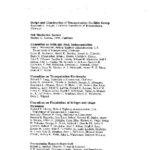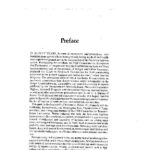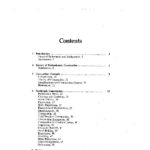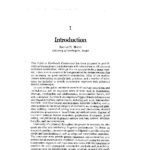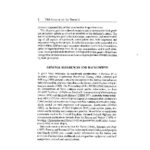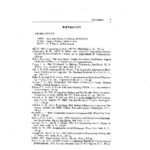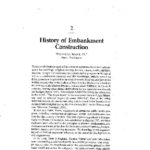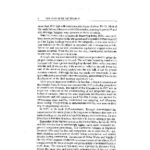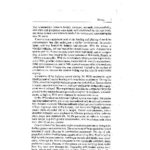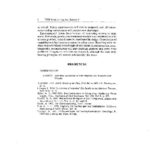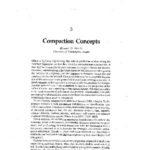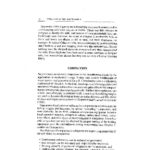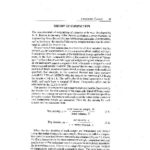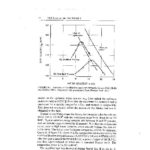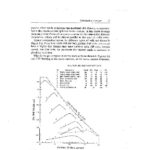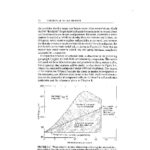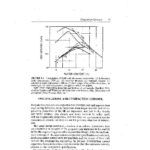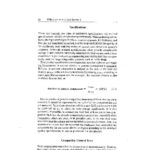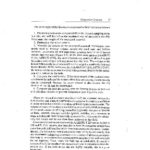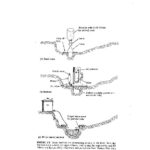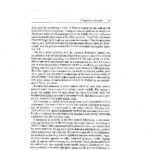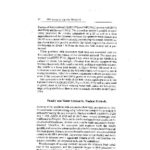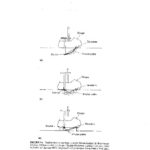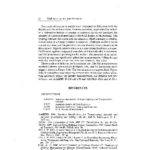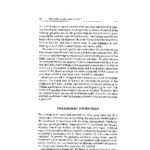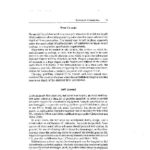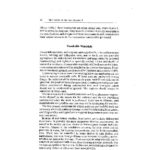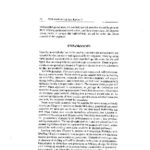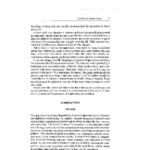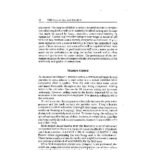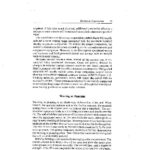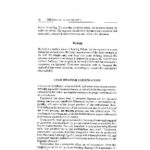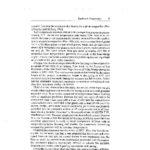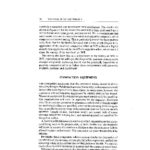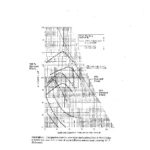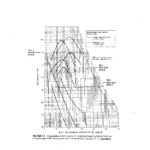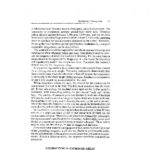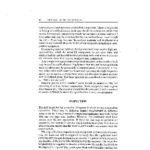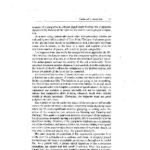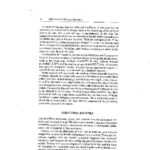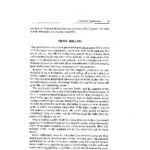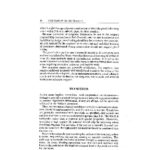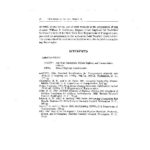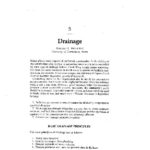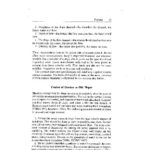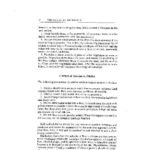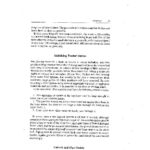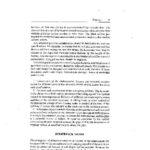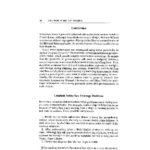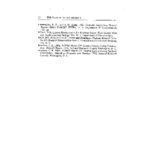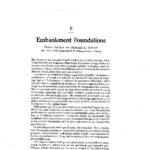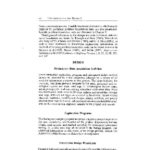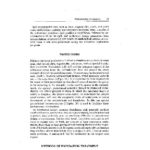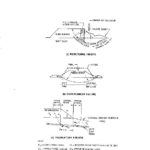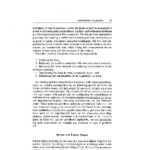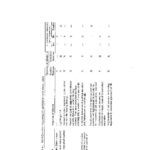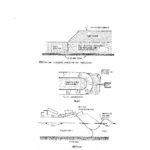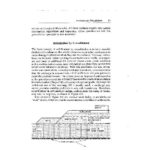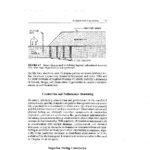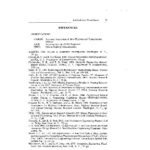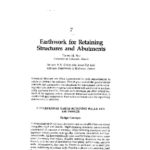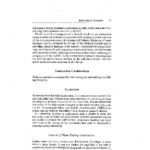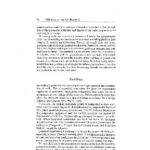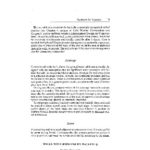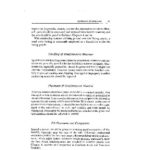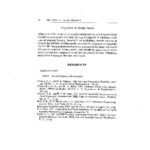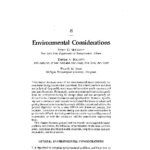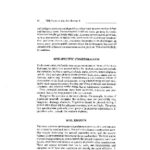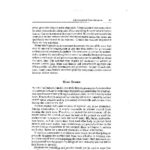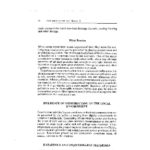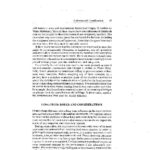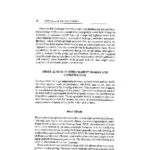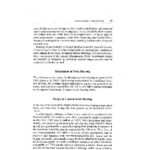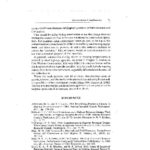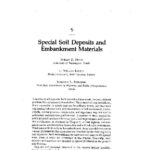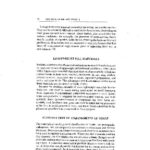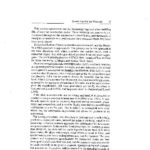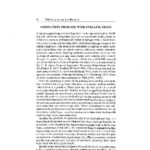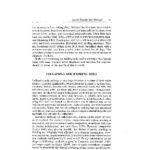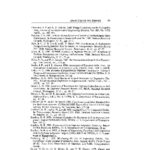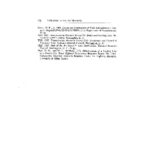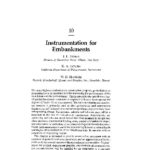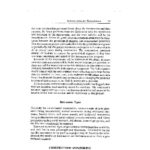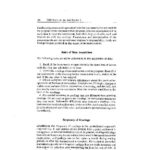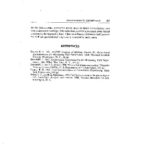Buy or rent heavy equipment?
5. Fleet management and inventory control
Managing your equipment is also something to consider. If you have the skills and the time, you can save money over the long haul by buying some or all of your equipment and taking care of insurance, maintenance, etc yourself; if you don’t, you may want to pay a little extra to rent. You’ll know where it is, who’s running it, and you can schedule jobs and equipment accordingly. For shorter term jobs, you may want to consider renting, but buying gives you added flexibility. Let’s say you project that you’ll need a piece of equipment for three months. If the job extends for another two months, you have the machine at your disposal. If the job ends and you decide you don’t need it, we can help, you sell it again at another upcoming auction and recoup some of your investment. The frequency of our unreserved auctions in different locations gives you a great ability to control your inventory, and even profit from equipment you don’t need anymore.
Pros and cons: buying versus renting equipment and trucks
| Renting | Buying |
|
|
Cost calculator: buying versus renting equipment or trucks
First, determine what you need to buy or rent, then create your free account and check auction results to get a sense of the price of used equipment. Check with your local rental store to determine rental and delivery costs.
Next, figure out your expected period of use (in years, months or days) and the amount of use the equipment will get (expected hours of use).
| Cost to rent equipment | Cost to own equipment |
| Rental rate (per year/month/day) x rental period (number of years/months/days) + pickup/delivery charge = total rental cost | Purchase cost + delivery, maintenance, insurance (ownership costs) – resale value = total ownership cost |
| Total rental cost / rental period = rental cost per year/month/day | Total ownership cost / ownership period = ownership cost per year/month/day |
| Total rental cost / expected hours of use = rental cost per hour of use | Total ownership cost / expected hours of use = ownership cost per hour of use |
Buy or rent heavy equipment?
4. Equipment availability & usage
The big advantage of owing your own equipment is that it’s available to you 24-7 – “If you own it, you control it”, as the saying goes. You can react to unexpected changes in projects or project schedules, take on jobs at a moment’s notice and complete projects with less downtime. Before you decide whether to rent or buy, you should weigh the potential risk of a rental company not having the machine you need when you need it. Owning can be a plus to potential clients too,
Buy or rent heavy equipment?
3. Length of project or job frequency
Of all the things to consider, project length or the frequency of jobs on the calendar could be the deciding factor in whether you rent or buy equipment. If it’s a short term job, or you need a specialized piece of equipment for a one-off job, then renting may make more sense. The risk, of course, is that if the machine isn’t being used for the entire time it’s rented due to changes in the project schedule or unforeseen hold ups, then you’re spending money on a machine
Buy or rent heavy equipment?
2. Cost of ownership vs cost of renting
It’s also important to estimate the cost of equipment ownership versus the cost of renting equipment. With ownership comes maintenance and operating costs, insurance and other fees such as government licensing, and those costs obviously vary from machine to machine. Renting is generally an inclusive cost, but given that a rental company has to turn a profit, you should consider that your rental fees will include the purchase price and the cost of ownership, both mark.
Buy or rent heavy equipment?
Here’s an overview of some of the things you should bear in mind before deciding when to buy and when to rent equipment.
1. Current financial situation
This seems like the most obvious factor to consider – do you currently have the capital to buy or is renting a better option for now? But you should look beyond your current situation and project your costs over several months or years. Although buying may be a larger one-time financial outlay, the cost of renting can add up quickly, and over a long period of time can end up costing you more – especially if the equipment isn’t being used for the entire rental period. And don’t forget: when you own, you can see a return on your investment when you sell. (Use the handy cost calculator below to find out which option is best for your current situation.) You can reduce the initial financial impact of buying a piece of equipment in many different ways:
Buy good quality used equipment – when you rent, you are often paying for the newest equipment with the latest technology; purchasing well-maintained used equipment can be cheaper than buying new equipment and may be more cost-effective than renting over the long term
Finance your equipment purchase – give your company some extra financial breathing room by financing your equipment purchases and keeping your capital to run your business; with financing rates as low as 5.99%, your payments could even be lower than rental payments
ECONOMIC LIFE
This is the period over which the equipment can operate at an acceptable operating cost and productivity. The economic life is generally measured in terms of years, hours, or in the case of trucks and trailers in terms of kilometers. It depends upon a variety of factors, including physical deterioration, technological obsolescence or changing economic conditions. Physical deterioration can arise from factors such as corrosion, chemical decomposition, or by wear and tear due to abrasion, shock and impact. These may result from normal and proper usage, abusive and improper usage, age, inadequate or lack of maintenance, or severe environmental conditions. Changing economic conditions such as fuel prices, tax investment incentives, and the rate of interest can also affect the economic life of equipment. Since the lives are given in terms of operating hours, the life in years is obtained by working backwards by defining the number of working days per year and the estimated number of working hours per day. For equipment that works very few hours per day, the derived equipment lives may be very long and local conditions should be checked for the reasonableness of the estimate.
EQUIPMENT RATES – SALVAGE VALUE
This is defined as the price that equipment can be sold for at the time of its disposal. Used equipment rates vary widely throughout the world. However, in any given used equipment market, factors which have the greatest effect on resale or trade-in value are the number of hours on the machine at the time of resale or trade-in, the type of jobs and operating conditions under which it worked, and the physical condition of the machine. Whatever the variables, however, the decline in value is greater in the first year than the second, greater the second year than the third, etc. The shorter the work life of the machine, the higher the percentage of value lost in a year. In agricultural tractors for example, as a general rule 40 to 50 percent of the value of the machine will be lost in the first quarter of the machine’s life and by the halfway point of lifetime, from 70 to 75 percent of the value will be lost. The salvage value is often estimated as 10 to 20 percent of the initial purchase price.
EQUIPMENT RATES – DEPRECIATION
The objective of the depreciation charge is to recognize the decline of value of the machine as it is working at a specific task. This may differ from the accountant’s depreciation schedule-which is chosen to maximize profit through the advantages of various types of tax laws and follows accounting convention. A common example of this difference is seen where equipment is still working many years after it was “written off” or has zero “book value”.Depreciation schedules vary from the simplest approach, which is a straight line decline in value, to more sophisticated techniques which recognize the changing rate of value loss over time. The formula for the annual depreciation charge using the assumption of straight line decline in value isD = (P’ – S)/Nwhere P’ is the initial purchase price less the cost of tires, wire rope, or other parts which are subjected to the greatest rate of wear and can be easily replaced without effect upon the general mechanical condition of the machine.

